What is a Whistling Spider?
The term ‘whistling spider’ refers to a group of large, hairy spiders belonging to the genus Selenocosmia, and other related genera, within the family Theraphosidae, commonly known as tarantulas. These spiders are native to Australia and are famous for their unique defense mechanism—a hissing or whistling sound they produce when threatened. This sound, created by rubbing their legs against their fangs, serves as a warning to potential predators. These fascinating creatures are a prominent part of Australia’s diverse fauna, capturing the attention of arachnid enthusiasts and the general public alike. They are not aggressive but will defend themselves if provoked.
Origin and Habitat
Whistling spiders are endemic to Australia, meaning they are found naturally only in this region. Their habitats span a wide range, from the lush rainforests of Queensland and New South Wales to the drier eucalyptus forests and woodlands. They construct burrows in the ground, often under rocks, logs, or among tree roots, providing them with shelter from the elements and a secure base from which to hunt. The distribution of these spiders is influenced by factors such as soil type, moisture levels, and the availability of prey. Understanding their habitat is crucial for conservation efforts and for appreciating the unique ecological role these spiders play.
Physical Characteristics
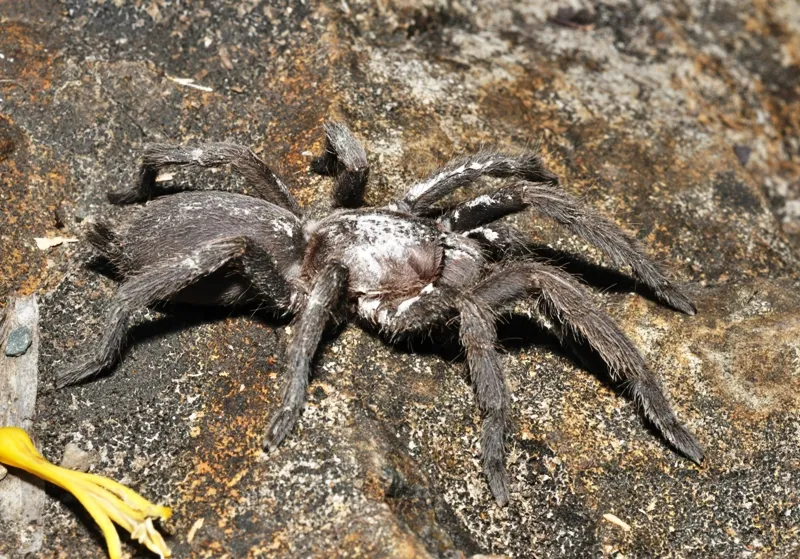
Size and Appearance
Australian tarantulas are among the largest spiders in the world. Their size is a significant distinguishing feature, with some species having a leg span that can reach up to 16 centimeters (6 inches) or more. Their bodies are covered in dense hairs, which can vary in color from shades of brown to reddish-brown or grey, providing camouflage in their natural environment. They possess eight eyes, arranged in two rows, which enable them to detect movement and perceive their surroundings. Their large fangs are a notable feature, used for both capturing prey and self-defense. These physical characteristics contribute to their survival and success in their unique ecological niche.
Unique Behaviors
Whistling Sound
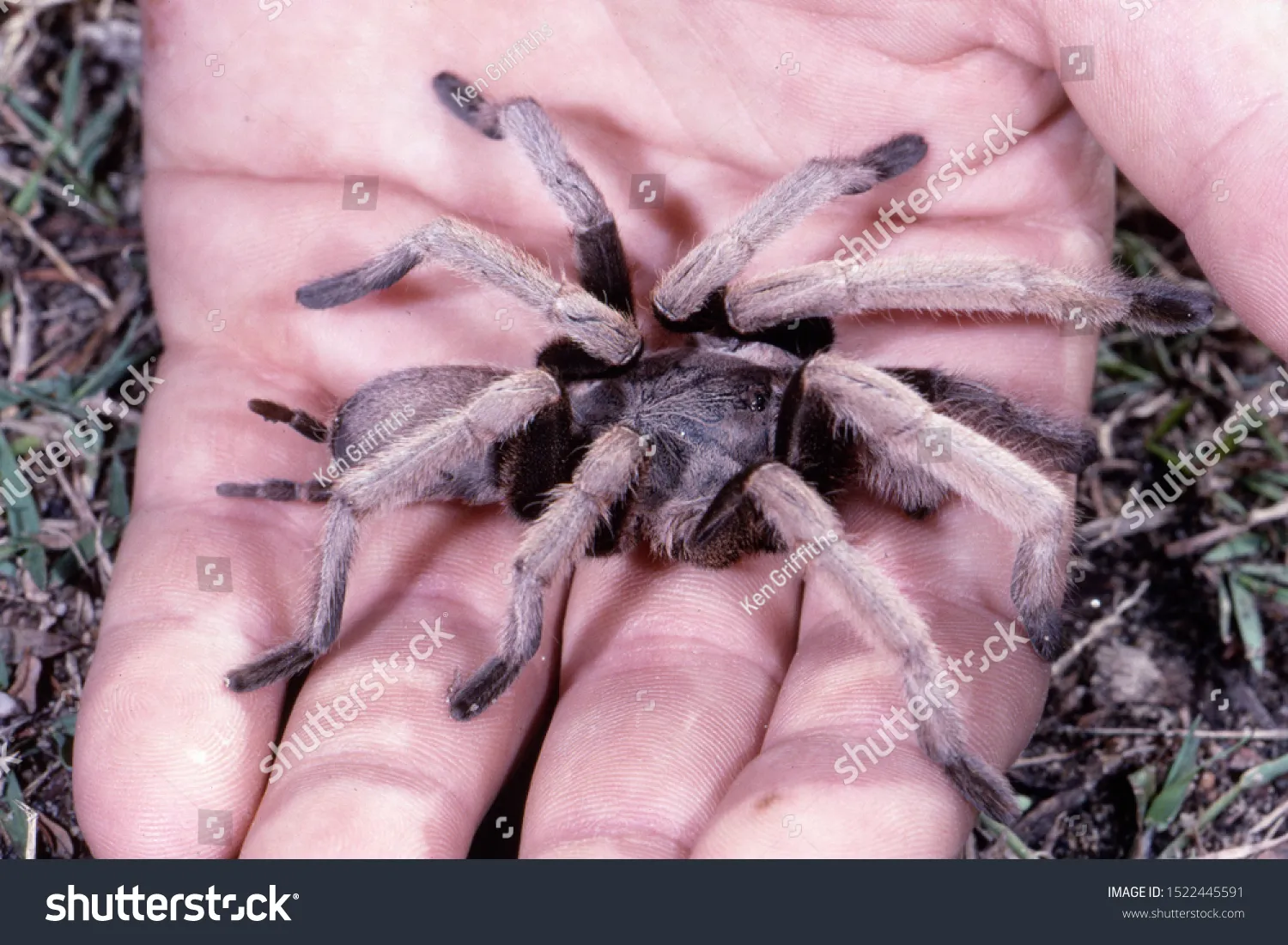
As mentioned before, the whistling sound is one of the most distinctive features of these tarantulas. When threatened or disturbed, they rub their legs against their fangs, creating a hissing or whistling noise. This behavior serves as a warning signal to potential predators, indicating that the spider is prepared to defend itself. The intensity of the sound can vary depending on the level of perceived threat. This unique defensive mechanism is a fascinating adaptation that has helped them survive in their environment. The whistling sound is a clear indicator of the spider’s presence and its willingness to defend its territory.
Defensive Mechanisms
In addition to the whistling sound, whistling spiders employ other defensive tactics. They can flick urticating hairs from their abdomen, which can irritate the skin and eyes of potential predators, a behavior common among many tarantula species. They also possess powerful fangs and can deliver a painful bite, although their venom is not considered life-threatening to humans. Their primary defense, however, is usually to flee and hide in their burrows. They are generally not aggressive spiders, preferring to avoid confrontation when possible. These defensive mechanisms ensure their survival and contribute to the balance of their ecosystem.
Diet and Feeding Habits
What do they eat?
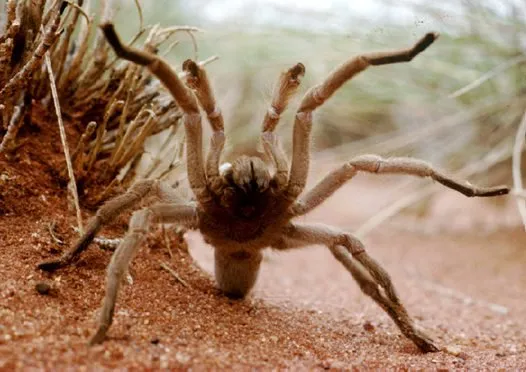
Whistling spiders are primarily ambush predators, meaning they wait for prey to come within striking distance. Their diet consists mainly of insects, such as beetles, crickets, and grasshoppers, but they will also feed on larger prey like small lizards, frogs, and even small mammals if the opportunity arises. They inject venom to immobilize their prey, and then use digestive enzymes to break down the tissues, consuming the resulting liquid meal. Their hunting strategy is a testament to their adaptation to the Australian environment, where they play a critical role in controlling insect populations and other small animals. They are a vital part of the food web.
Reproduction and Life Cycle
Mating Rituals
The mating behavior of Australian tarantulas involves a complex set of rituals. Males, often smaller than females, approach the female’s burrow and attempt to attract her attention through drumming or other vibrational signals. If the female is receptive, the male will cautiously approach and mate, often using special spurs on his legs to hold the female’s fangs away from him. After mating, the male must quickly retreat to avoid being eaten by the female. This mating ritual is a crucial part of their life cycle, ensuring the continuation of the species. The female will then lay eggs in a silken sac, protecting them until they hatch.
Life Span
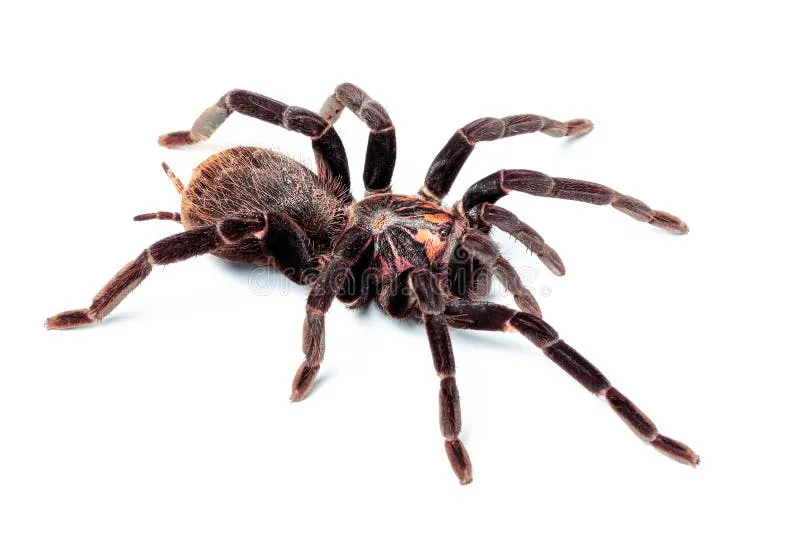
Whistling spiders have a relatively long lifespan compared to many other spider species. Females can live for up to 20-30 years, while males typically have a shorter lifespan, often only living for a few years after reaching maturity. Their long life cycle reflects their slow growth rate and their ability to survive in their environment. This extended lifespan allows females to reproduce multiple times, contributing to the stability of their populations. Understanding their life cycle is important for conservation efforts and for appreciating their place in the ecosystem.
Conservation Status
Threats to Australian Tarantulas
While not currently listed as endangered, Australian tarantulas face several threats. Habitat loss due to deforestation, urbanization, and agricultural expansion is a primary concern, reducing their available habitat and fragmenting populations. The illegal pet trade also poses a threat, as some individuals are captured and sold. Climate change may also impact their distribution and survival, as changing weather patterns and increasing temperatures could affect their habitat. Understanding these threats is the first step in developing effective conservation strategies to protect these fascinating spiders.
Importance of Conservation
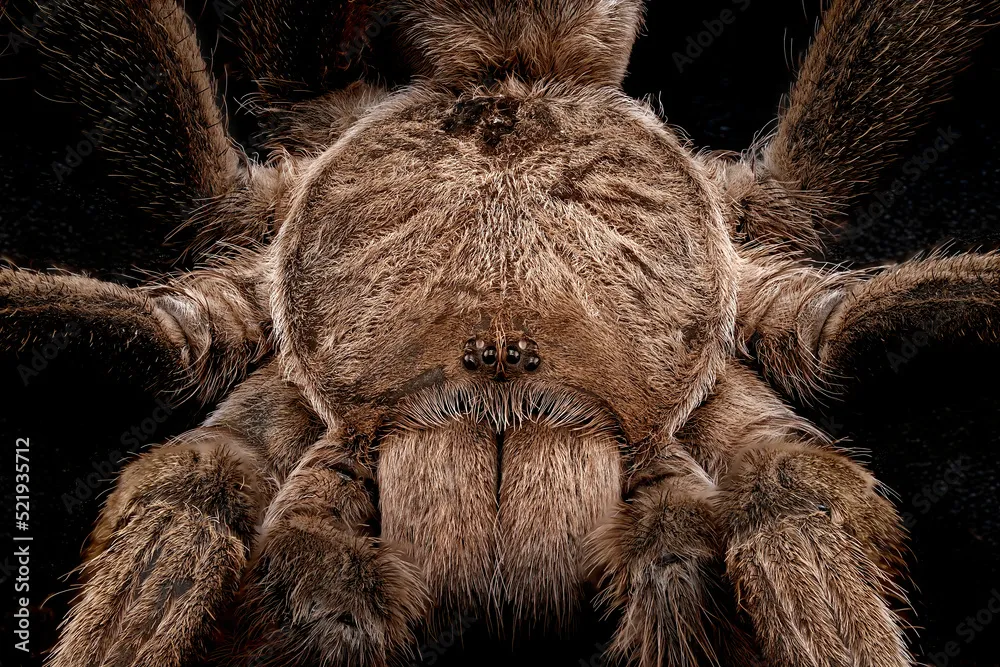
Conserving Australian tarantulas is crucial for maintaining biodiversity and ecological balance. These spiders play an important role in controlling insect populations and are a part of the food web. Protecting their habitat and addressing threats such as habitat loss and the illegal pet trade is vital for ensuring their long-term survival. Conservation efforts can include habitat preservation, education programs, and regulations to curb the illegal trade. By supporting conservation, we can ensure that future generations can appreciate these unique and fascinating creatures.
In conclusion, whistling spiders, or Australian tarantulas, are remarkable creatures with unique characteristics, from their whistling defense mechanism to their long lifespans. Their role in the ecosystem, along with the threats they face, highlights the importance of conservation efforts. By understanding and appreciating these fascinating spiders, we can contribute to their protection and ensure that they continue to thrive in their natural habitat.
